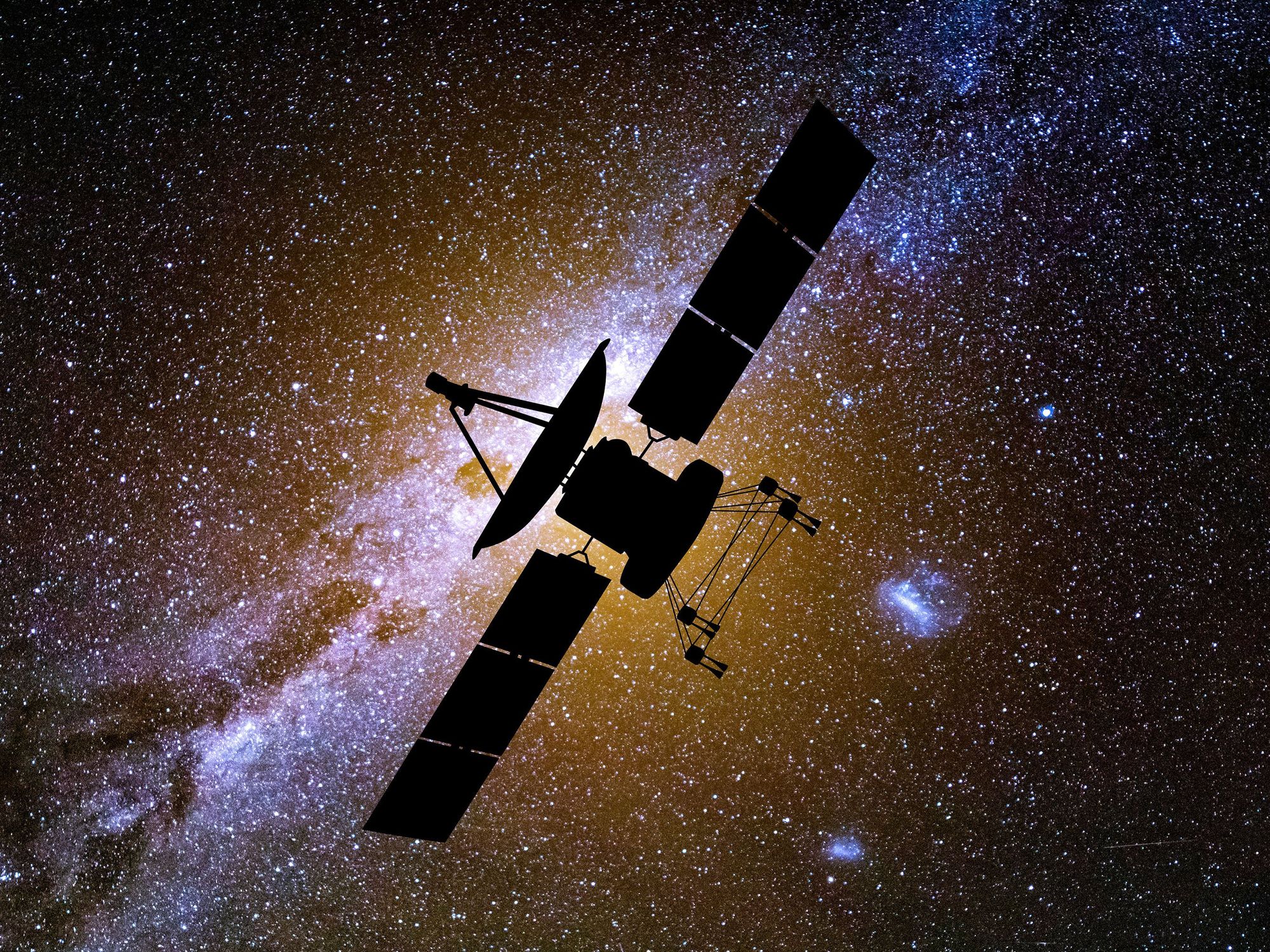Reach Your Space Goals With High-Bandwidth Devices

This sponsored article is brought to you by Avnet and AMD.
The use of artificial intelligence (AI) in image processing has brought about significant advancements in the exploration of space and our own Earth. In space applications, images are captured using various instruments, such as telescopes, satellites, and rovers. However, processing large amounts of data can be time-consuming and require significant computational power. This is where AI and powerful processors come in.
AI algorithms, with the support of industry-leading processors, can handle large amounts of data quickly and accurately. They can also learn from previous data to improve their analysis of new data. AI algorithms can be trained to recognize patterns in images, classify them, and identify anomalies.
One of the main applications of AI in image processing for space is in the detection and classification of objects. For example, AI can be used to detect and classify asteroids or other celestial bodies. This information can be used to determine the trajectory of these objects and their potential impact on Earth. AI can also identify and classify space debris, which is a growing concern for space missions.
Combining AI and Cutting-Edge ProcessorsThis also applies to objects closer to home. Earth-observing instruments rely on AI algorithms and processors to collect large amounts of information each day. However, transforming that raw data into information that can be acted upon is the real challenge, especially when instruments need to determine which data points are the most important.
There are wildfires, harmful algal blooms, volcanic eruptions, and heavy snowfalls. If we can observe these events better, we will have an opportunity to react by making the world safer and cleaner for humans.
AI and cutting-edge processors can also be used to improve the resolution of images captured by telescopes and satellites. By analyzing the data captured by these instruments, AI algorithms can remove noise and improve the clarity of the images. This can help scientists better understand the structure and composition of celestial bodies as well as detect water on other planets. By analyzing the spectral signatures of the surface of these planets, AI algorithms can detect the presence of water. This information can be used to determine if these planets are habitable. AI can also identify other important minerals and resources on these planets.
AMD processors and advancements in AI are enabling limitless possibilities for space exploration.
AMD processors are transforming image processing for space applications with high throughput, low latency, and unlimited in-orbit reconfigurability. This enables scientists to analyze large amounts of data quickly and accurately. When paired with AI algorithms, the AMD KintexTM UltraScale, AMD VersalTM SoCs, and AMD VirtexTM devices can detect and classify objects, improve the resolution of images, detect the presence of water and other imperative resources on other planets. AMD processors and advancements in AI are enabling limitless possibilities for space exploration.
Learn how Avnet and AMD are enabling the next generation of space applications that bring AI, imaging and more together to help humans explore beyond our limits. We've compiled several case studies that illustrate these cutting-edge technologies in real-world applications. Click here to explore how.